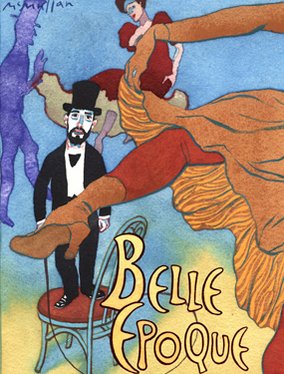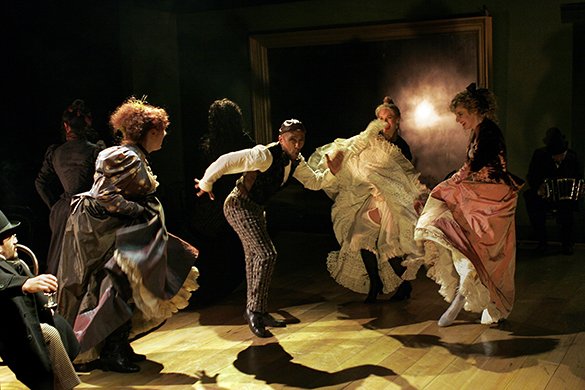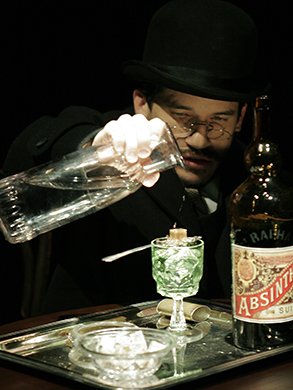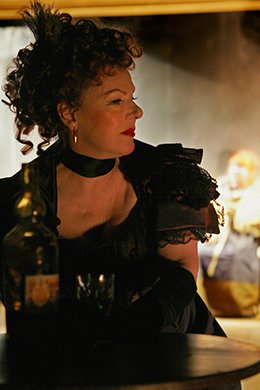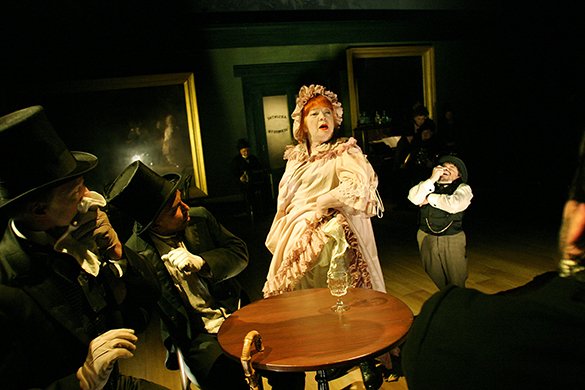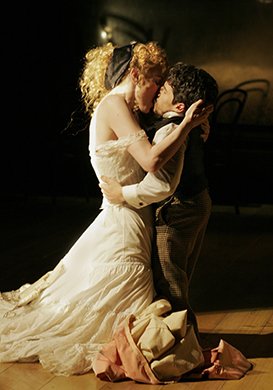Performed to music by Satie, Debussy and Faure, as well as popular music-hall songs of the day, this new work combined dance, music and text to paint an impressionistic theatrical portrait of the world of the great artist and the legendary music hall and its denizens--the colorful performers and artists who inspired his work.
LCT welcomed Martha Clarke, the innovative director and choreographer, for her LCT debut with BELLE EPOQUE. Developed through improvisatory workshops at LCT over 18 months, the work was written by Ms. Clarke and Charles L. Mee as a collage of scenes, conjuring a vision of Lautrec's world as he may have rendered it on stage had he been a theater-maker rather than a painter.
Born into an aristocratic family in 1864, Henri de Toulouse-Lautrec spent his early years on family estates; when he was eight years old Paris became his home. Diagnosed with a genetic bone condition during his adolescent years, he remained in frail health throughout his life. His adulthood was marred by physical handicaps as well as by alcoholism and syphilis.
Lautrec began painting at a young age. While working in Paris, he discovered Montmartre, a working- class district and haven for artists. He found his inspiration in bars, cabarets and bordellos, and preferred to sketch his subjects in motion rather than having them pose in a studio--giving his paintings a bold dynamic that portray life forever in motion.
Best known for his depictions of music-hall dancers and cabaret singers in the 1890s, his graphic works and paintings, many of which were created on cardboard, played an important role in popularizing Montmartre, thus transforming it into an entertainment destination for the upper classes. Ms. Clarke and her collaborators examined these essentials of Lautrec's life and art and from them have created a mise-en-scene that uniquely encompasses the artist's Paris Belle Epoque milieu as well as the figures and motifs appearing on his canvases.
